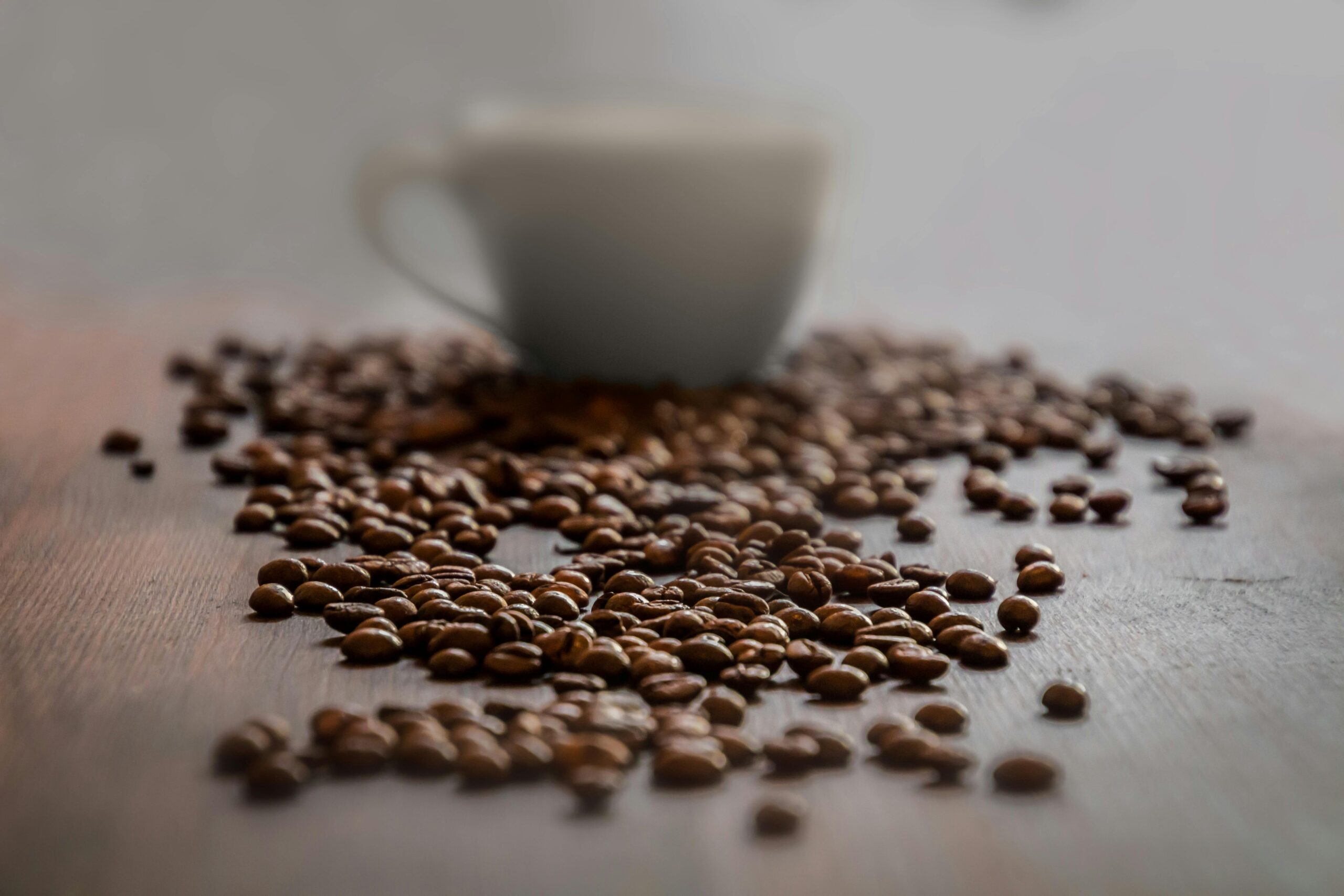The Guji Zone in Ethiopia’s Oromia region delivers a coffee experience that surpasses even well‑known Yirgacheffe. At high elevations and within forested hills, beans develop intricate florals, fruit complexity, and a silky body. Baristas and coffee aficionados alike are discovering farm‑level narratives and sensory depth that elevate Guji’s reputation beyond its neighboring regions.
Guji’s Rise as a Distinct Coffee Origin
Once grouped under the Sidamo label, Guji forged its own identity after 2002 and now ranks among Ethiopia’s elite origins. Coffee professionals around the world now recognize Guji Zone for its signature complexity, rather than blending it with Sidamo or Yirgacheffe. Its separation from larger classifications reflects genuine quality, terroir diversity, and evolving reputation in specialty circles rossoroastingco.com.au+15Trabocca | In pursuit of great coffee+15Trabocca | In pursuit of great coffee+15sakicha.com.
Geography and Microclimates That Define Florality
Guji Zone lies in southern Oromia at altitudes between roughly 1,800 and 2,300 meters above sea level. The region’s volcanic soils, moderate temperatures, and consistent rainfall create ideal conditions for slow‑maturing cherries. This balanced environment nurtures delicate floral aromatics like jasmine and bergamot, layered over fruit notes of citrus and berries demandtradingplc.com.
The forested canopy and traditional shade cover support sustainable cultivation, preserving mother trees and indigenous heirloom varietals. Areas like Shakiso, Taro, and Uraga offer distinct microclimates that yield nuanced variations in cup profile. Producers like those at Suke Quto and Guji Highland highlight how geography shapes sensory expression Wikipedia+5Trabocca | In pursuit of great coffee+5demandtradingplc.com+5.
Flavor Profile: Floral Depth Beyond Expectations
Coffees from Guji Zone often surprise with intense floral perfumes reminiscent of jasmine, honeysuckle, or rose petals. These floral tones are supported by sweet citrus brightness, with notes like lemon zest, bergamot, or tangerine. Many lots—particularly natural processed—deliver juicy berry flavors, including blueberry, strawberry, or blackcurrant, with lingering honey sweetness Trabocca | In pursuit of great coffee+15mercatobuy.com+15Heleph coffee+15.
Washed Guji coffees tend to emphasize acidity and clarity, revealing clean aromatics and delicate structure. Natural processed Guji showcases fruit depth, as the slow drying of whole cherries infuses the bean with sugar and body. Both styles shine in filter or espresso preparations, offering expressive layers that unfold across the cup hambelacoffees.com+5arfasa.net+5demandtradingplc.com+5.
Key Producers and Processing Innovations
Leading farms and washing stations like Suke Quto, Shakiso, and Alaka are central to Guji’s specialty surge. Tesfaye Bekele of Suke Quto pioneered quality-focused practices, distributing seedlings and mentoring outgrowers to elevate local standards. His farm and washing station champion both washed and natural processing with organic certifications Wikipedia+8Trabocca | In pursuit of great coffee+8Trabocca | In pursuit of great coffee+8.
At the Alaka washing station near Uraga, over 900 smallholder growers collaborate using raised beds to dry cherries carefully over up to 20 days. Projects emphasize sorting, shade cover, and turning schedules to preserve clean fermentation and high cup scores. This level of post‑harvest care brings out the bright, floral expression Guji is known for Alaska Coffee Roasting Co.+2rossoroastingco.com.au+2.
Brewing Recommendations to Unveil Guji’s Character
To best highlight Guji Zone’s floral and fruit notes, use precision brewing methods like V60 or Chemex. Pour‑over emphasizes aromatics and delicate acidity, ideal for washed lots. For natural Guji, try immersion methods such as AeroPress or cold brew—these accentuate berry sweetness and syrupy body.
Grind medium‑fine for pour‑over and slightly coarser for immersion. Water around 92–96 °C enhances brightness without bitterness. Tasting both washed and natural lots side by side reveals how processing shapes floral expression. Keep tasting notes to compare aroma evolution and finish.
Guji vs Yirgacheffe and Sidamo: What Sets It Apart
While often compared to Yirgacheffe for floral intensity, Guji stands apart for its broader sensory range. It combines the florals of Yirgacheffe with fruit complexity and sweetness not always present in Sidamo. In contrast to Sidamo’s spice underscores, Guji delivers softer spice, honey-like sweetness, and layered florals with satisfying body Trabocca | In pursuit of great coffee.
Guji also benefits from newer processing stations and investment in quality infrastructure, offering transparency and traceability previously rare in the region. This evolution helps the coffee stand confidently beyond its neighbors, earning recognition for both taste and sustainable sourcing.
Barista Perspectives and Consumer Reactions
Baristas describe Guji coffees as aromatic journeys. At cupping tables, notes like jasmine, peach, honey, and citrus often emerge. Reddit reviewers from fresh lot tastings praise Guji’s clean, bright energy layered with floral and fruit complexity in one cup Reddit+1.
Professionals note that Guji blends work well in menus, while single-origin flights highlight its versatility—washed lots for tea-like clarity, naturals for bold dessert-style sweetness. When customers experience both back‑to‑back, many see Guji as the next tier beyond Yirgacheffe.
Final Thoughts: Why Guji Zone Should Be on Your Radar
Guji Zone offers more than high-altitude terroir or proximity to Yirgacheffe—it delivers floral elegance coupled with fruit complexity and substantive sweetness. For baristas and coffee lovers seeking depth and diversity, Guji provides a compelling alternative to more familiar Ethiopian origins.
Through thoughtful processing, farm-level stewardship, and sensory precision, Guji has earned its place among world‑class coffee regions. Its floral notes extend well beyond expectations, inviting drinkers to explore a unique chapter in the Ethiopian coffee story—one that truly goes beyond Yirgacheffe.

